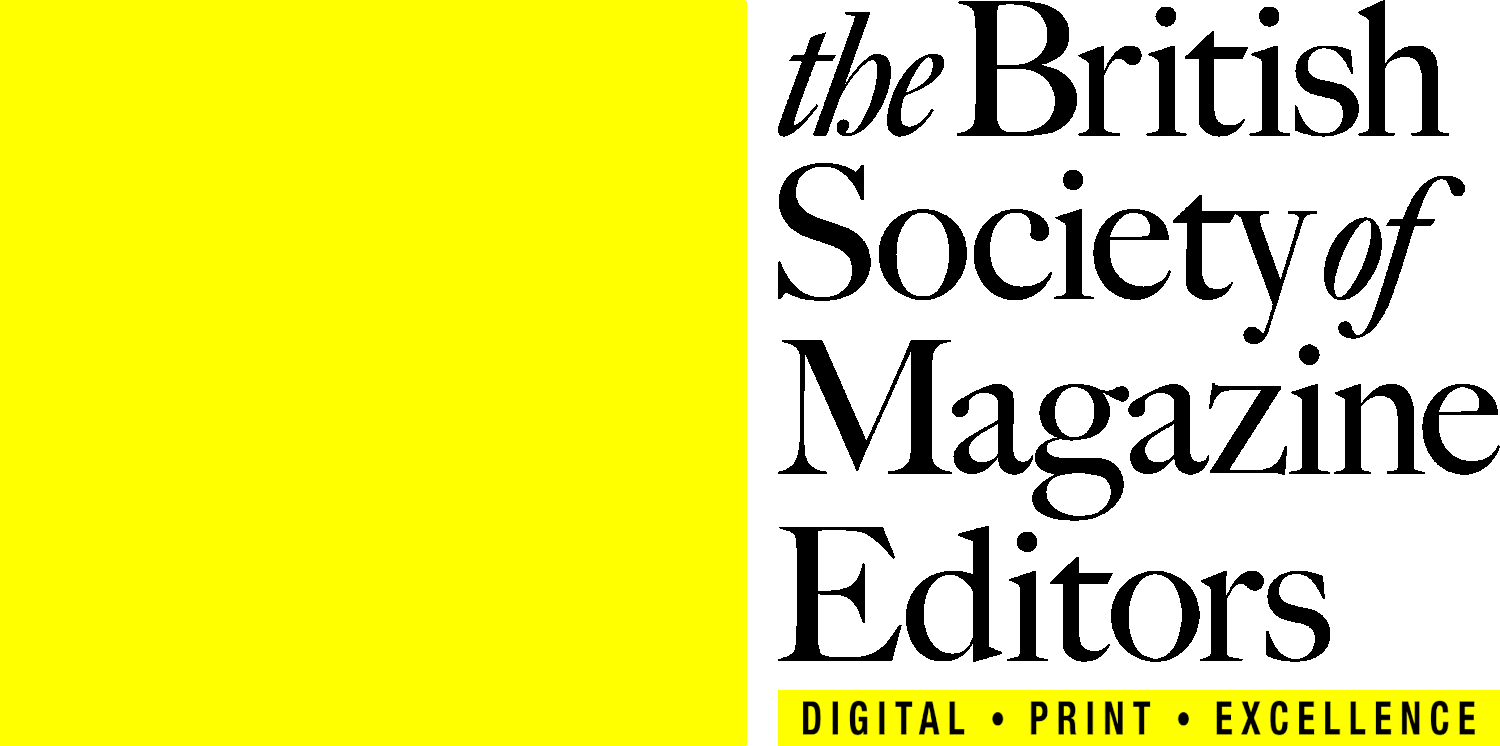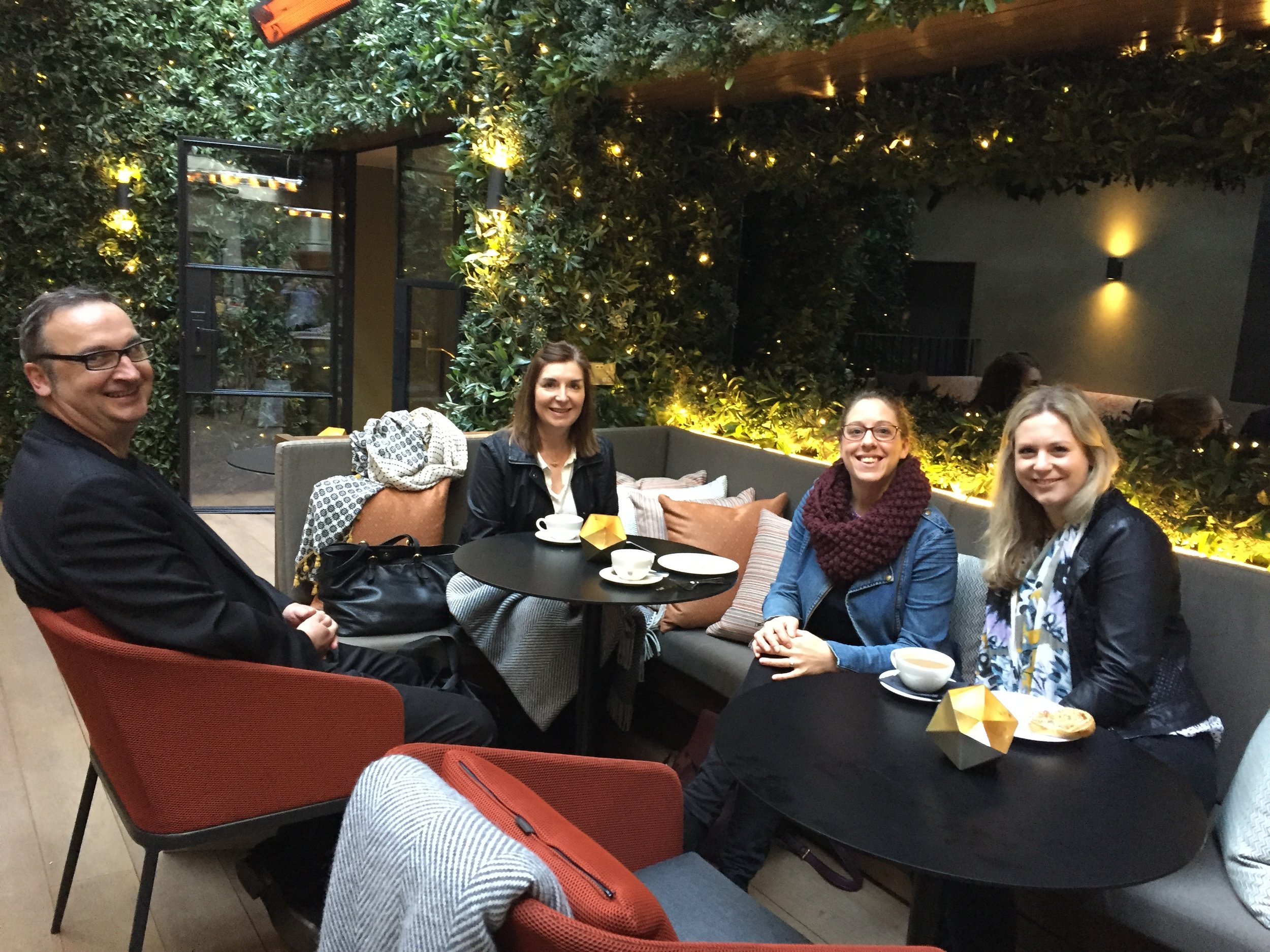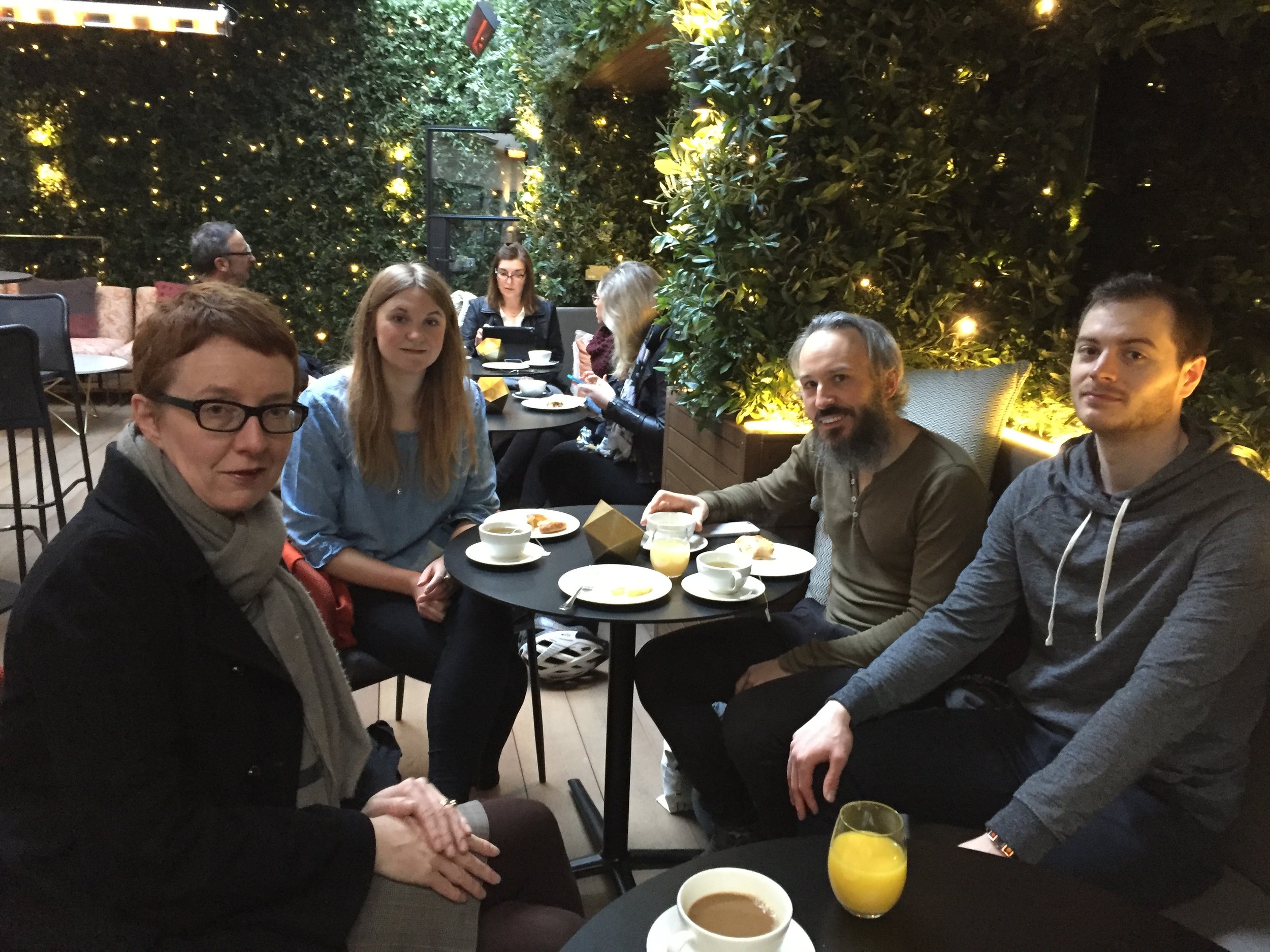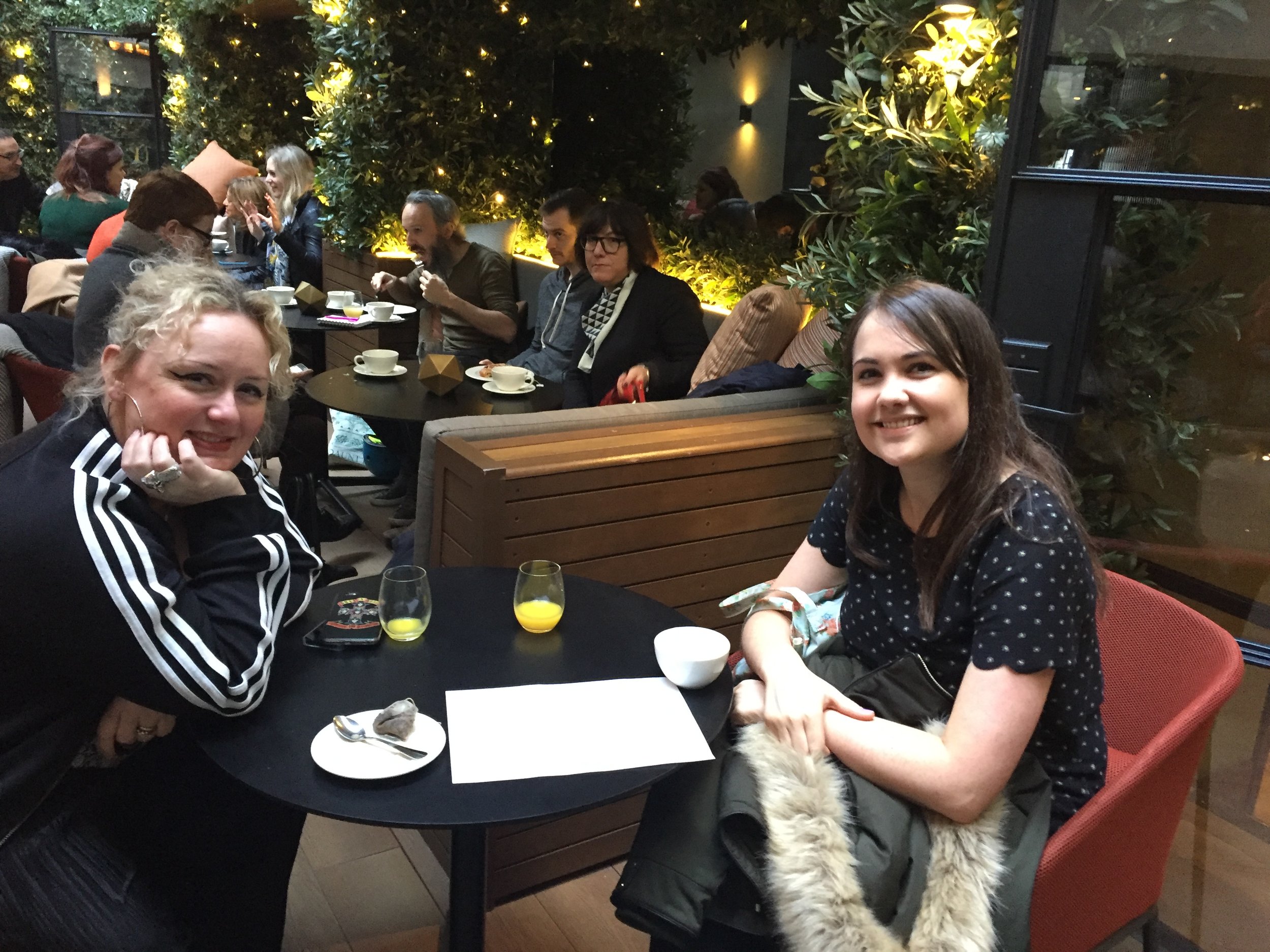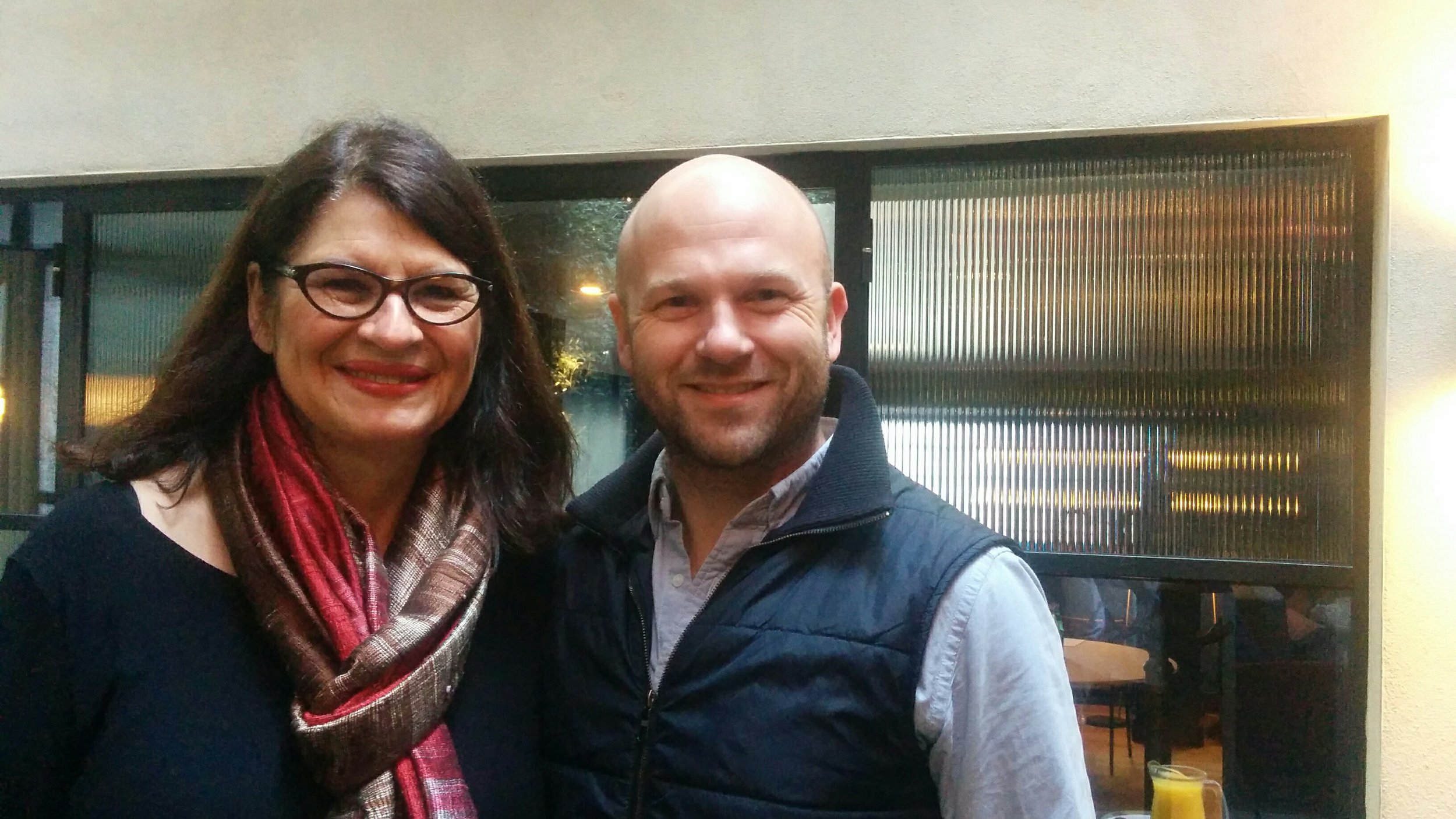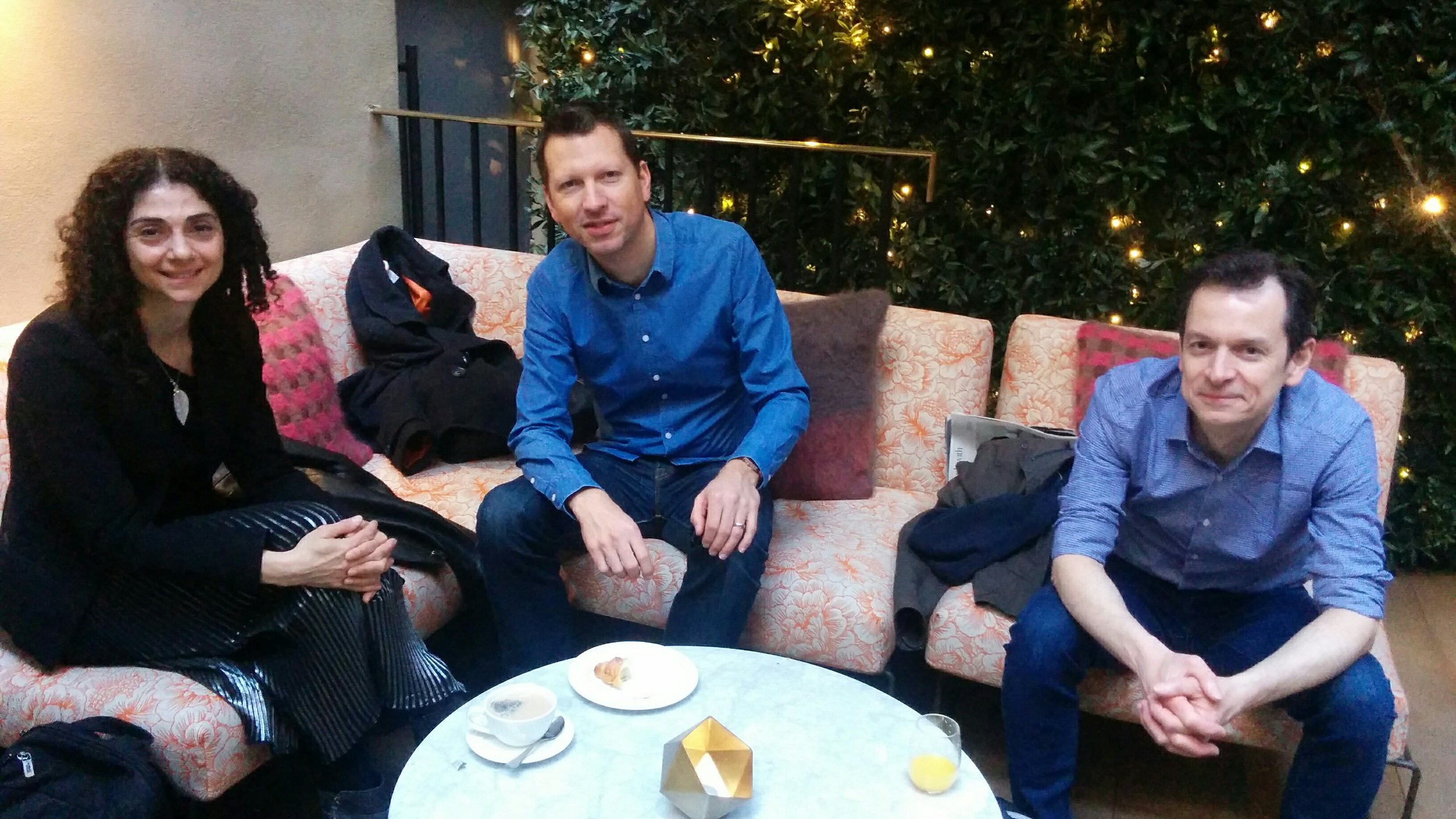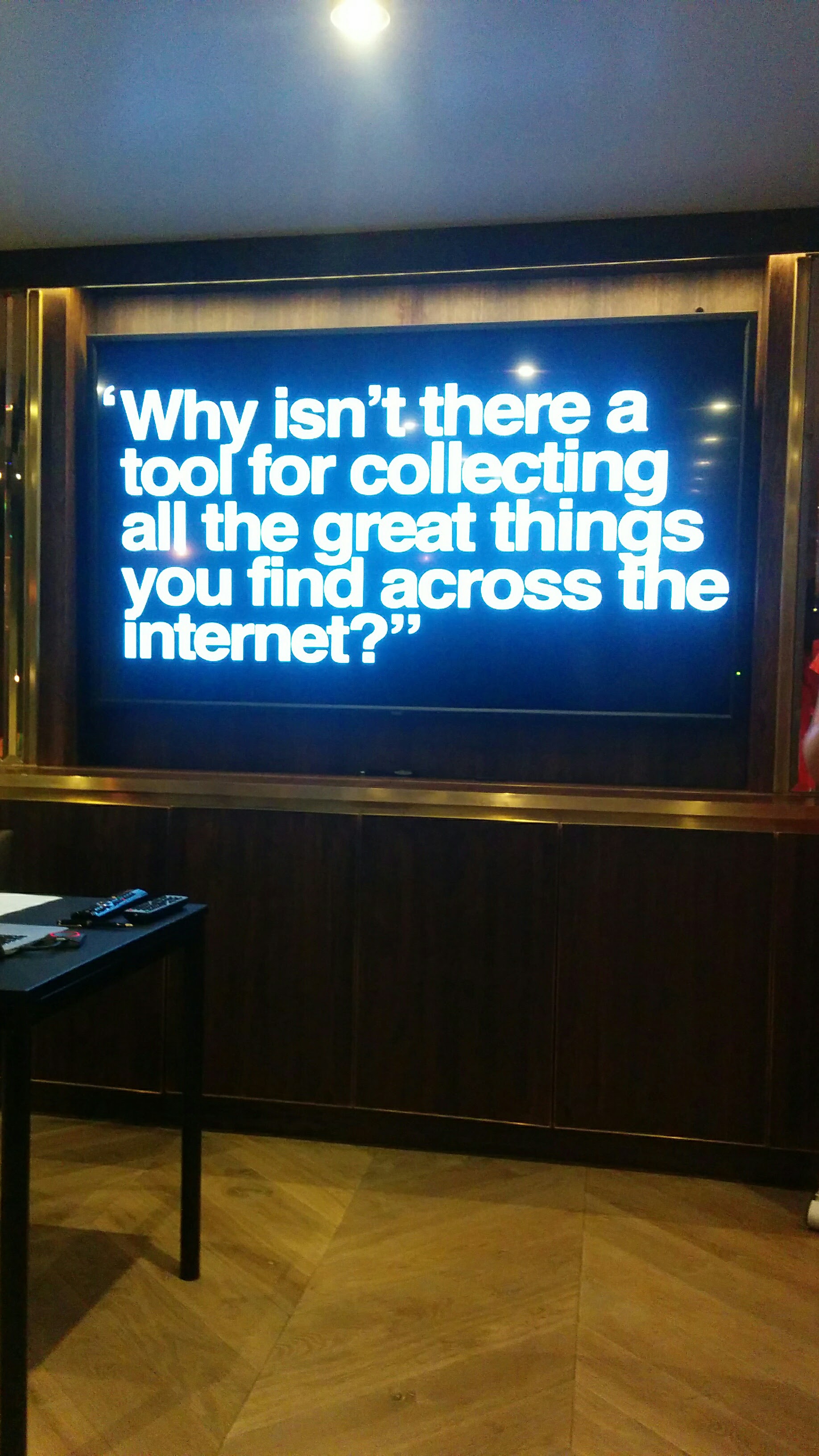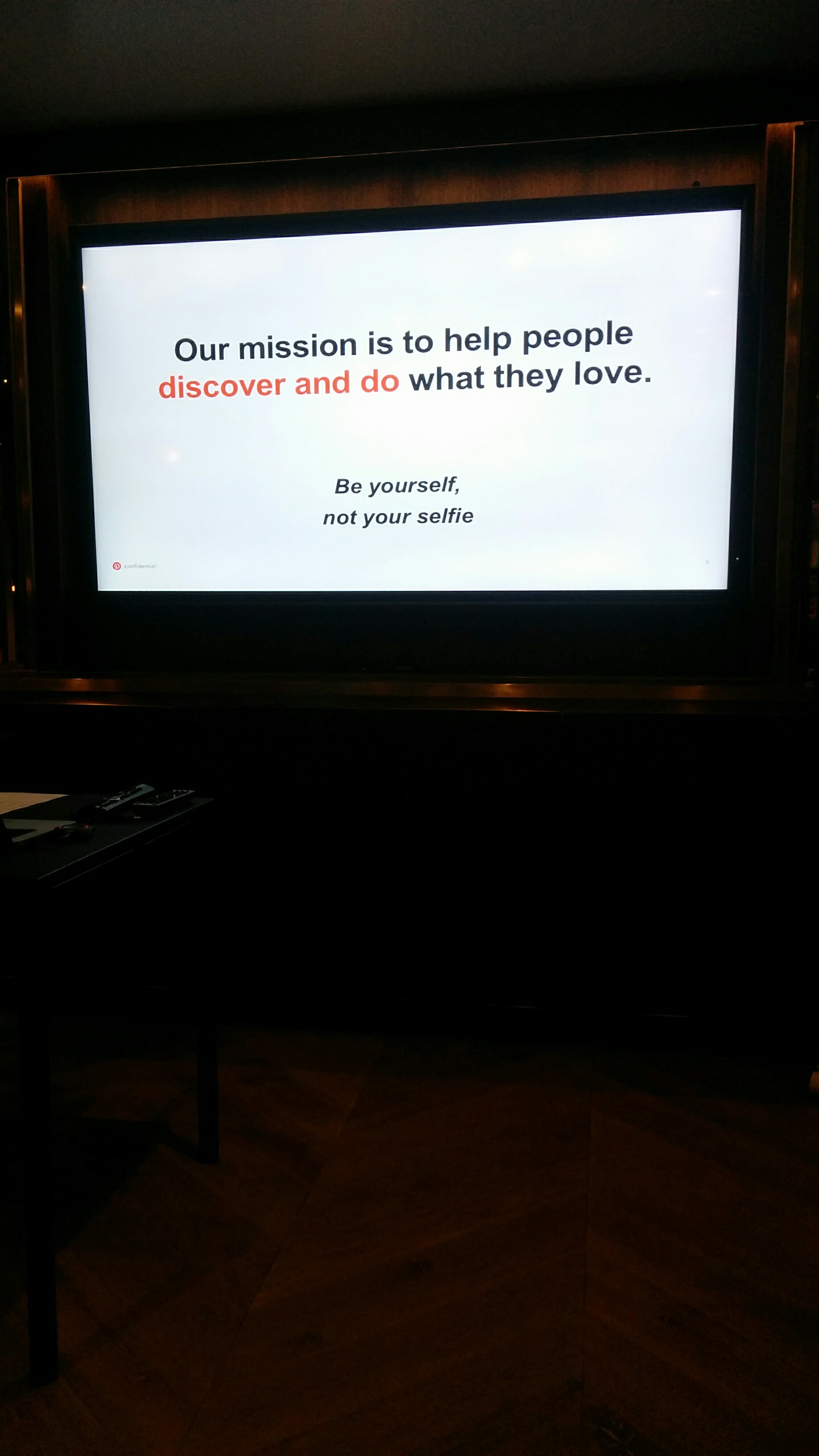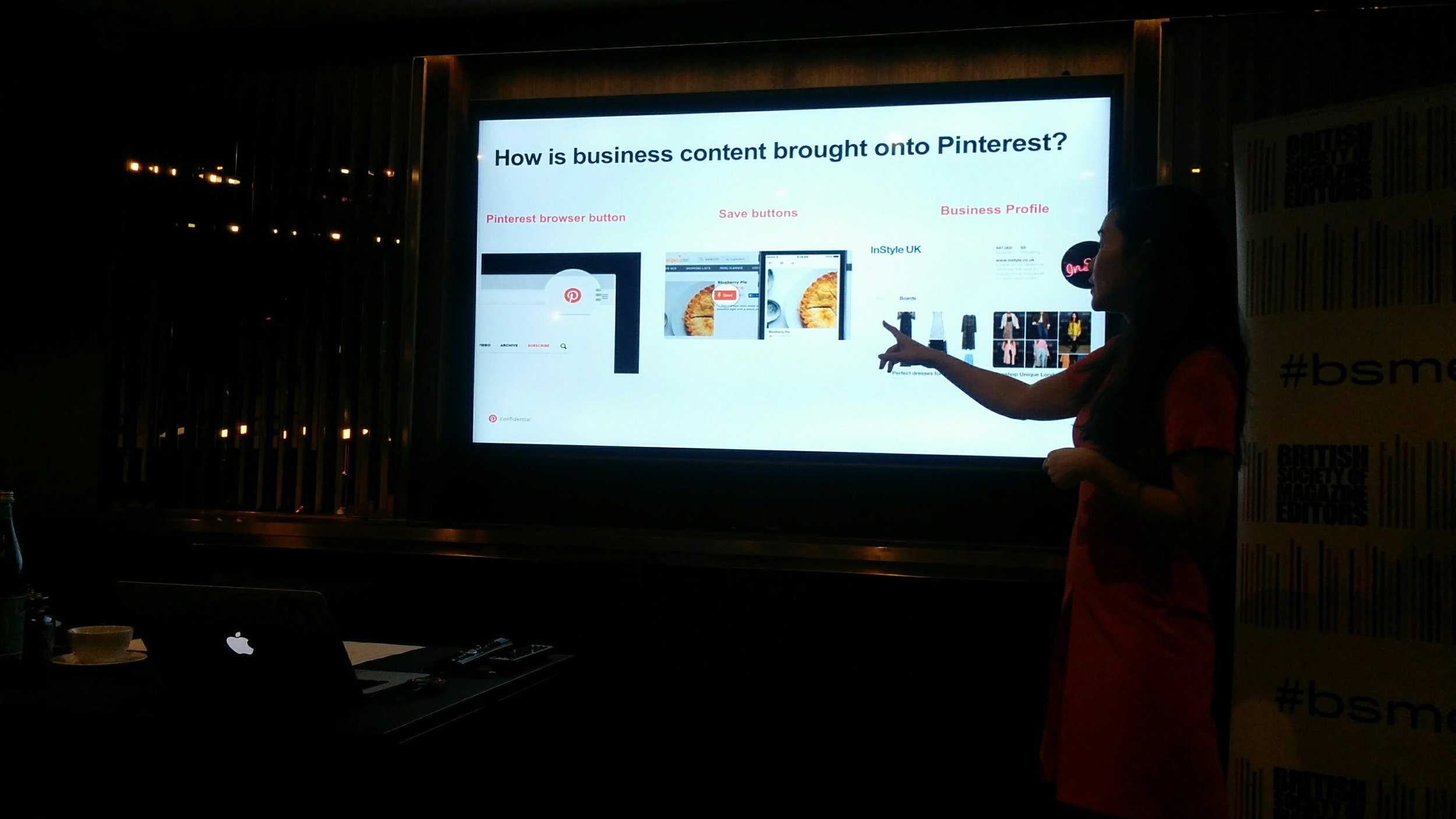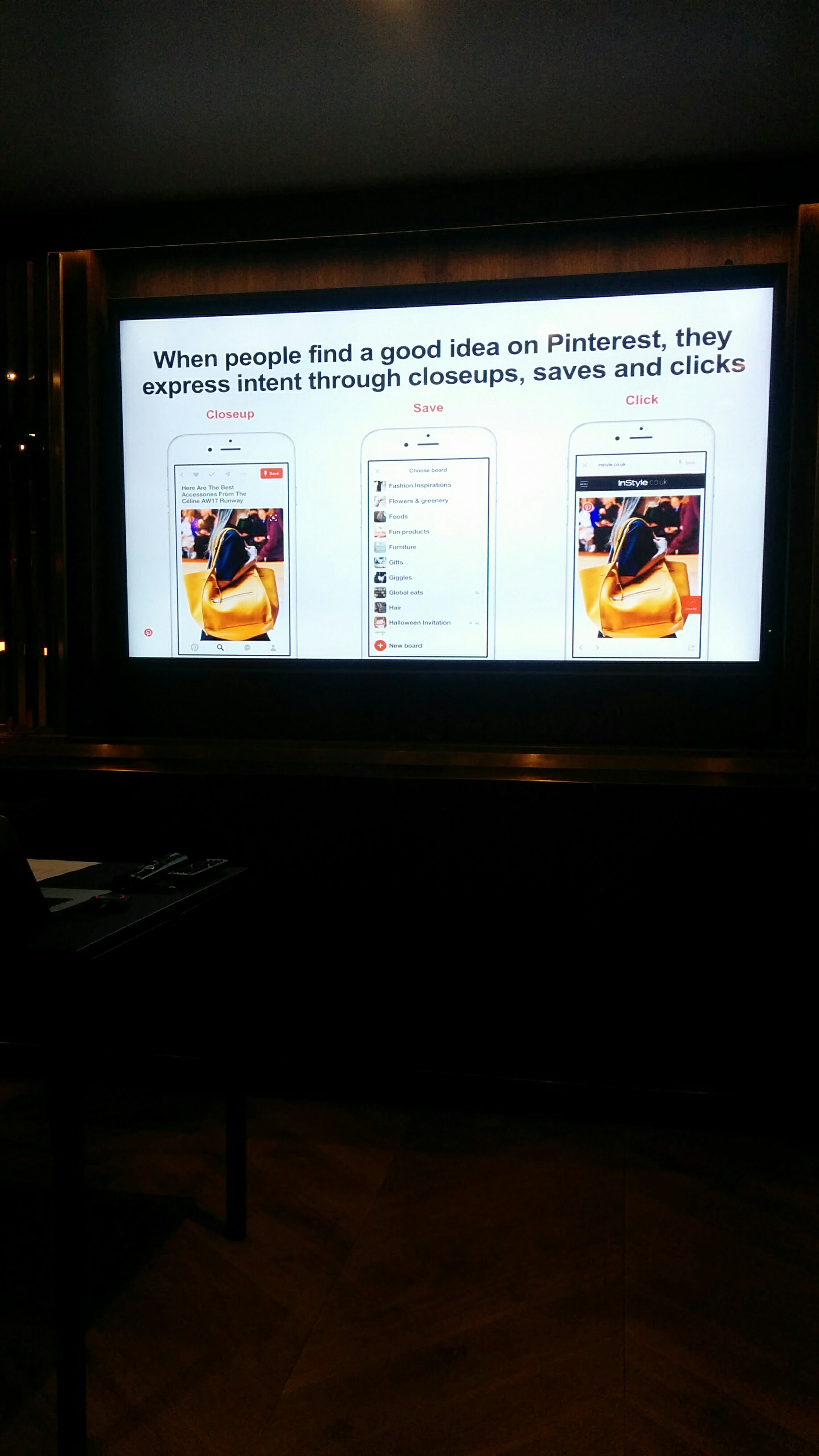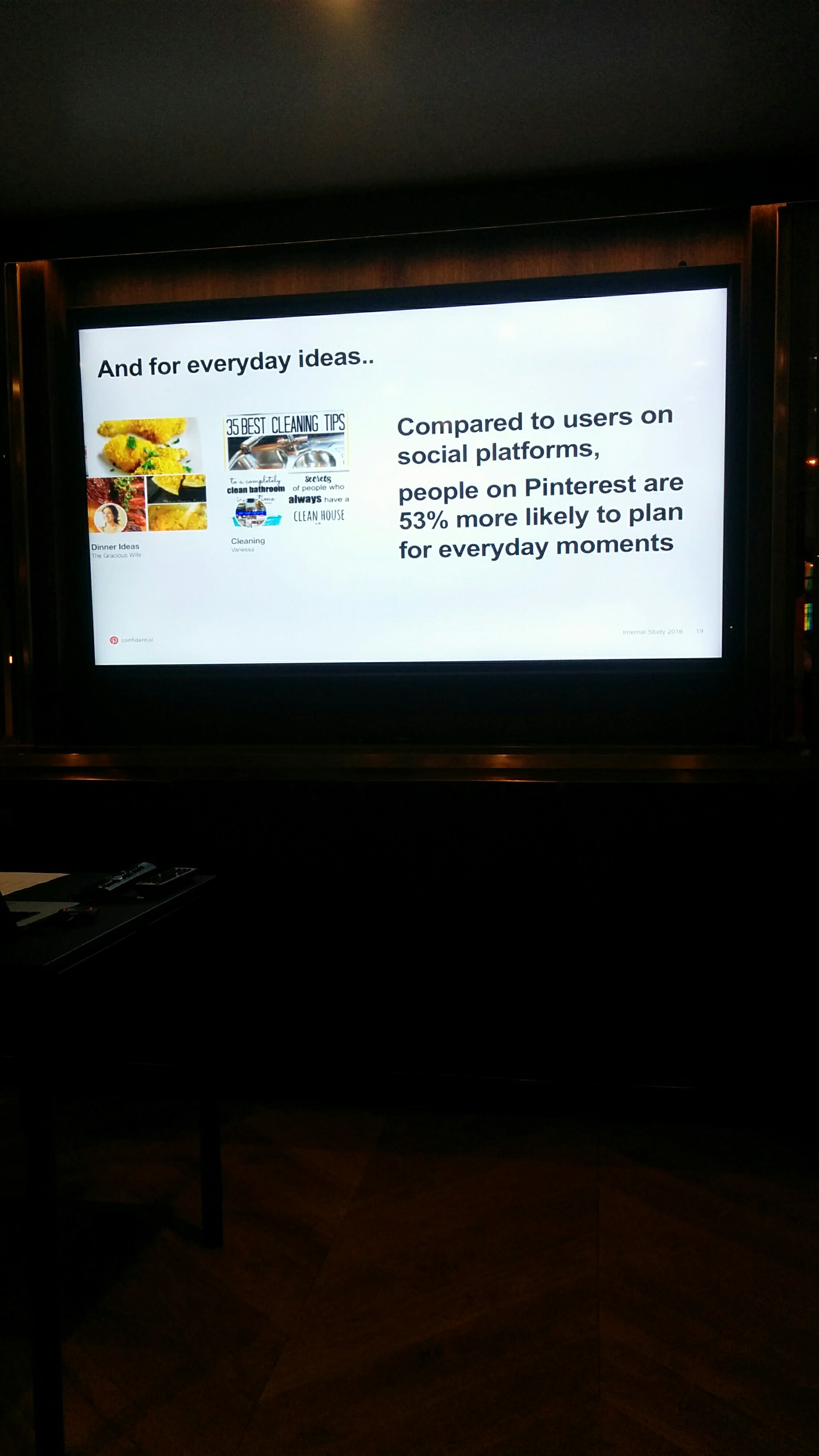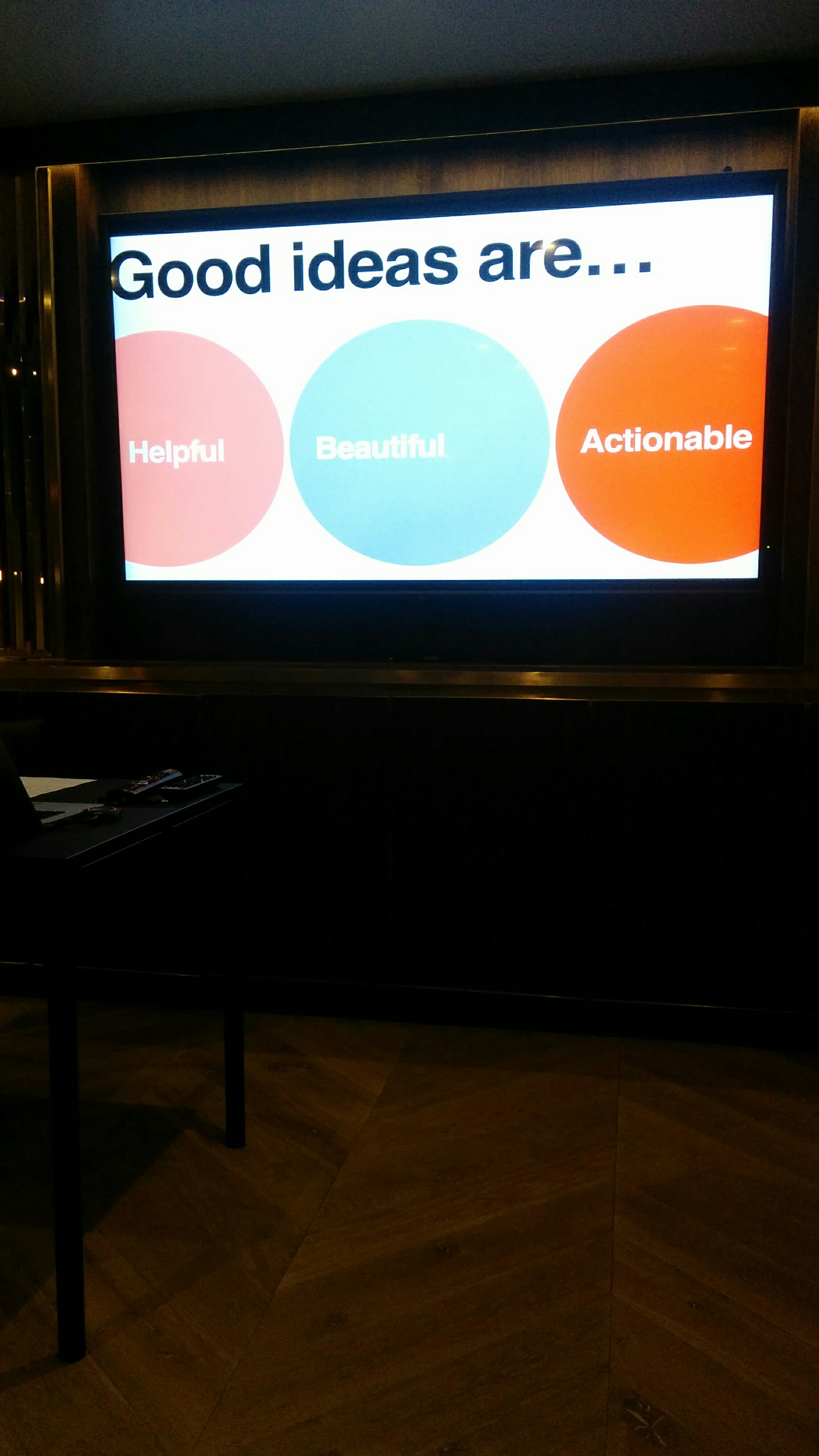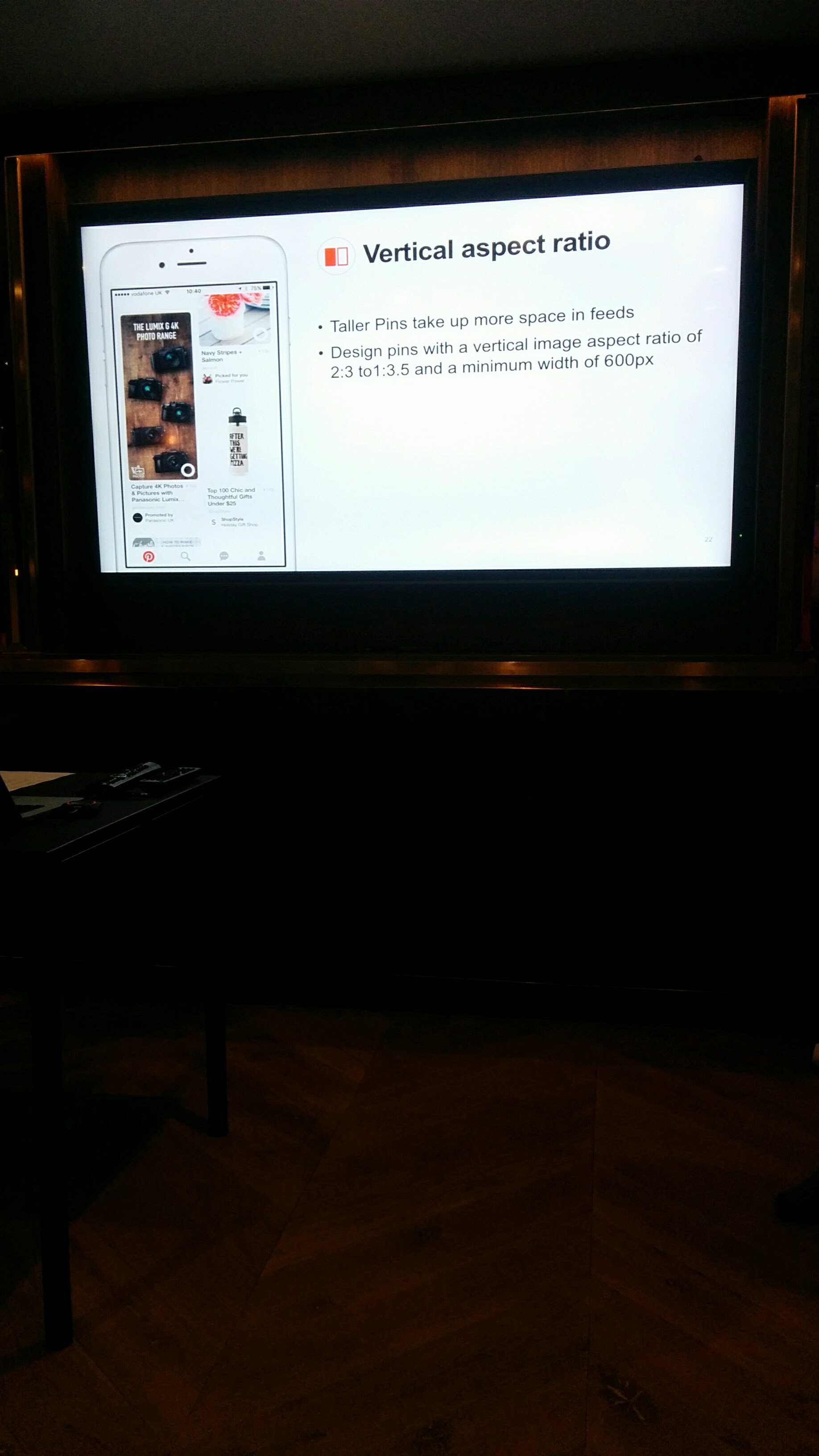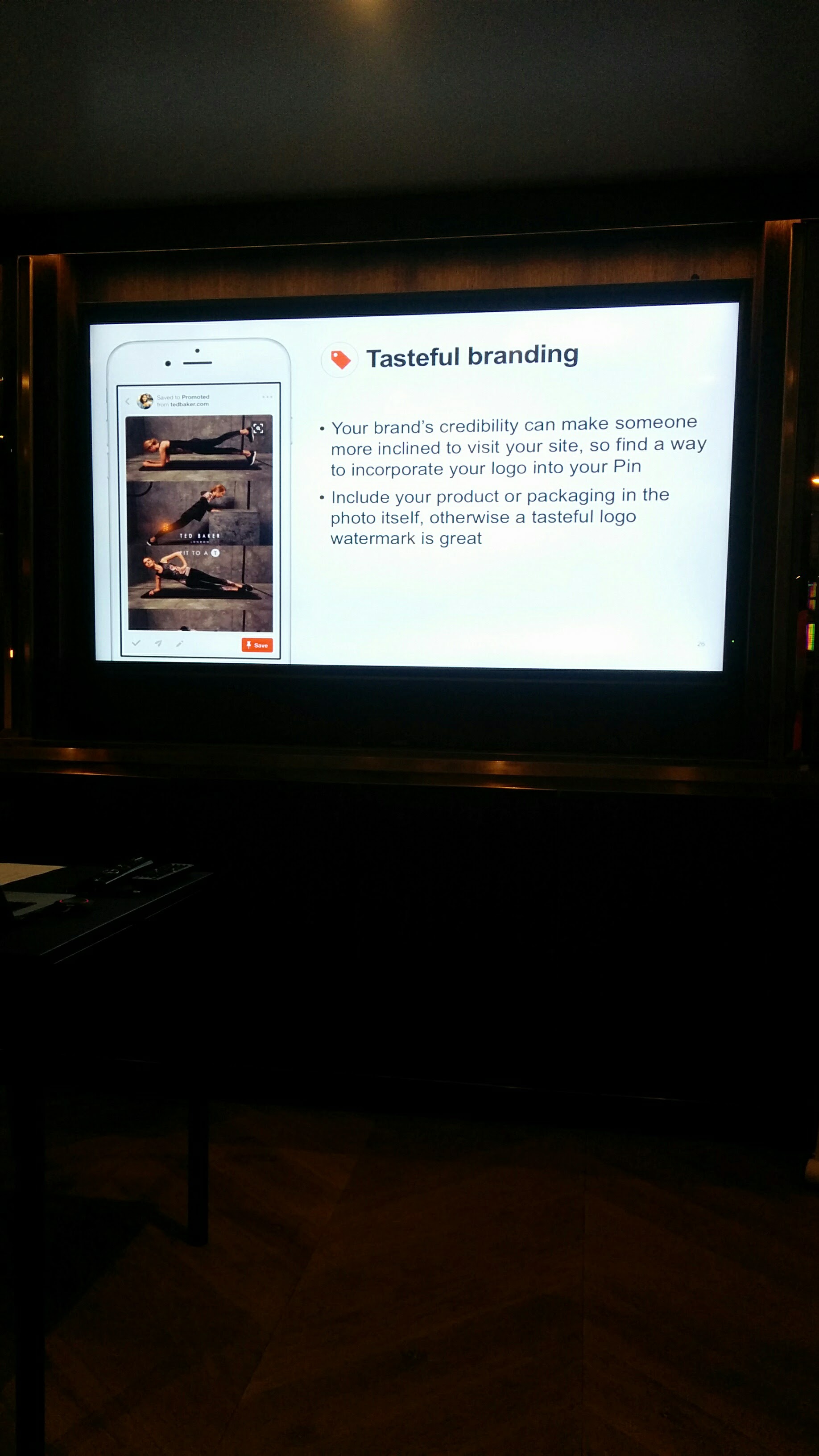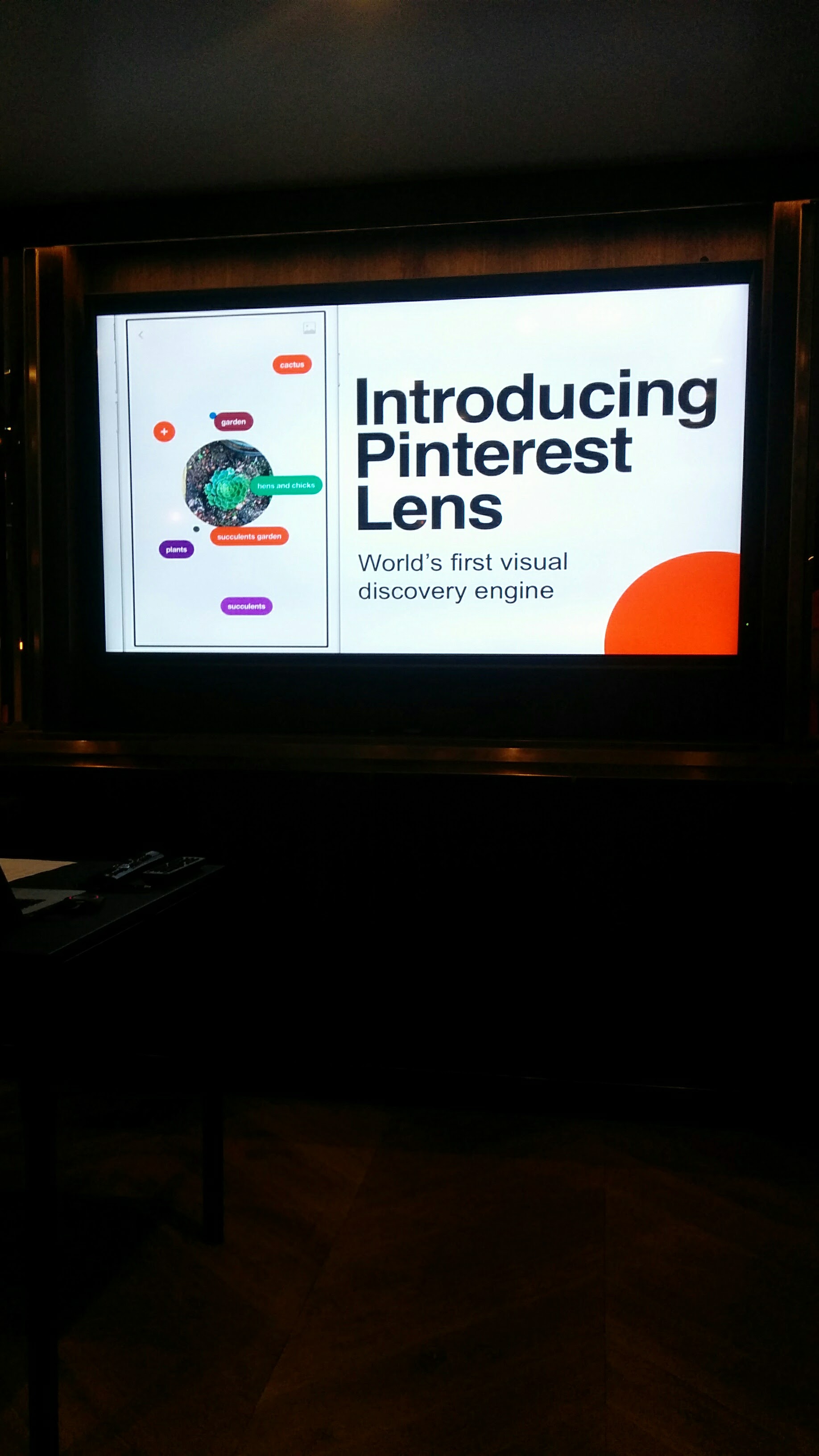Magazines and Pinterest would seem to be made for each other - both are about all browsing visuals, ideas and inspiration. Pinterest started with the simple question “Why isn’t there a tool for collecting all the great things you find across the Internet?” It now attracts 10m monthly unique visitors in the UK alone.
Editors met for a breakfast briefing at London’s Marylebone Hotel to hear from Ayumi Nakajima, Product and Partnerships at Pinterest UK, explain how their magazines can make the most of Pinterest. Here’s 20 top tips we took away from the briefing, which was free for BSME members. Many thanks to our breakfast event sponsor, The Doyle Collection for hosting this event.
“Be yourself, notyour selfie.” People are in Pinterest principally to gather their own inspiration and ideas, not to interact with others or broadcast what they’re doing right now as people do in other social media. It is inward facing rather than outward facing.
Pinterest users Discover and do. Remember they are looking for things that are helpful to them in the real world and to act upon them. The audience is actively looking for ideas.
Provide a good click-through. If there’s no click-through it’s just disappointing. For example, you want to know how to make a recipe not just to look at the fniished dish. It’s not surprising then that three quarters of Pins come from businesses.
Business content comes to Pinterest in 3 ways:
The Pinterest browser button that some users have installed in their browsers
The Save buttons on websites with a social media ‘share this’ bar. This is the most common route.
The business’s profile on Pinterest.
Post early for Christmas – or any other seasonal event. People use Pinterest to plan rather than to report on their activity. So for everything from Glastonbury to Mother’s Day, the searches in Pinterest peak well before the events themselves – as much as a month before.
‘Drip feed’ your posts rather than publishing them all at once, to make them go further and get more attention.
Try to make your posts about ideas that are these three things: helpful, beautiful and actionable. People use Pinterest for shopping, with 93% using it to plan or make purchases. 72% have seen something on Pinterest that they later bought offline and 63% check items they have pinned when they are at a brick and mortar store.
Make your Pin description detailed. Pinterest is more than just pretty pictures, they are meant to be useful and inspirational so use a few sentences to round up some keywords that will surface your Pin in searches. Hint at what’s on the click-through.
The Board description is also important but make it short and sweet
Taller pins take up more space in feeds so go for a vertical aspect ratio 2:3 to 1:3.5 and a minimum width of 600px
Choose compelling images. For product shots consider pictures that show it in use or use multiples like different colours or options
Text overlays on pictures are compelling and give people a reason to click on them
Use strong calls to action like ‘buy now’ in the description and softer ones like ‘explore summer looks’ in overlays
Pin videos from Vimeo or YouTube. They can do well if they’re on the right subject, for example, food or beauty
Incorporate you brand’s logo or masthead into your Pins. Its credibility can increase click-throughs.
Use simple formats like step-by-step guides, tutorials or lists.
Looks for opportunities to contribute to curated boards made by Pinterest’s editorial team.
Invest in an event with Pinterest. An example is the Stylist magazine’s three-day pop-up event in London with workshops based on Pinterest ideas.
Run a simple competition on Pinterest
Try out the new Pinterest Lens – a button on the mobile app that snaps an object and searches Pinterest to provide more information about it. With answers like what it is, where you can buy it and so on, it’s a bit like a Shazam for images.
